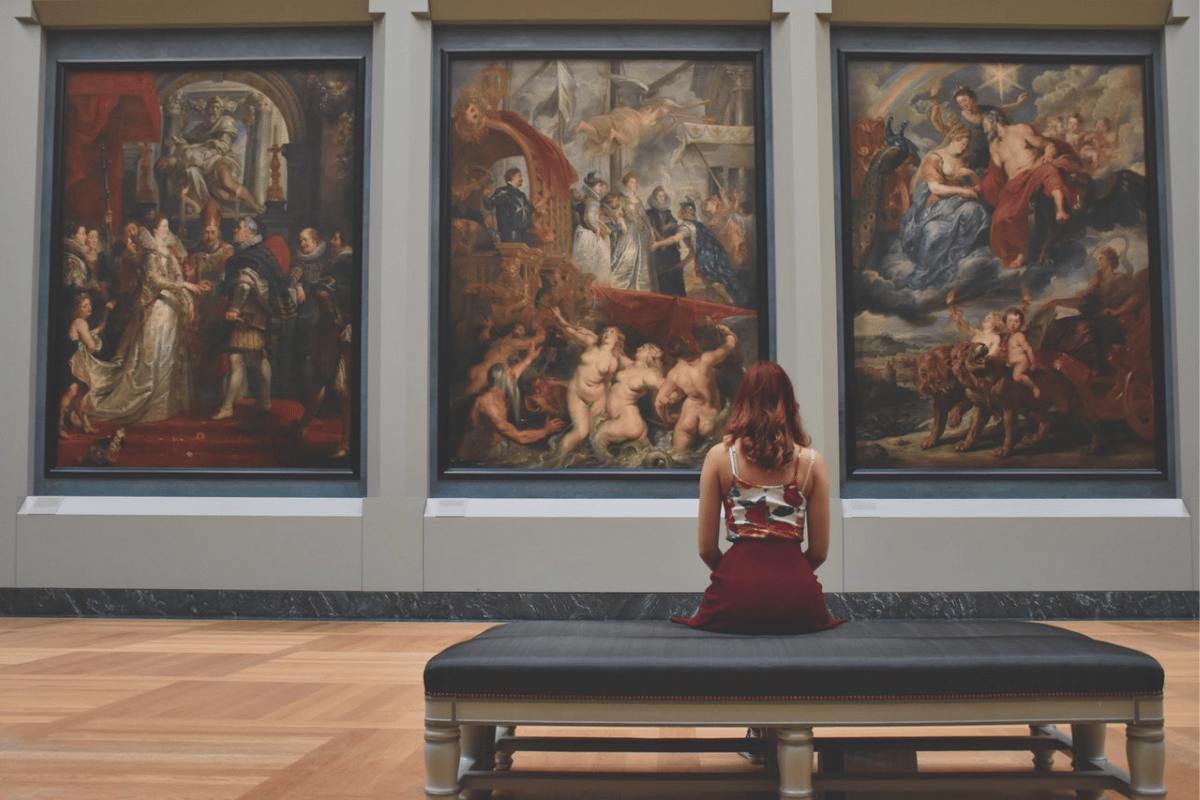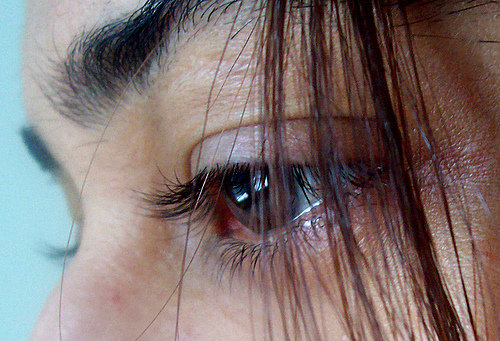May we find solace in art.
– Esmé Weijun Wang
The ceilings sweep high above with natural light cascading downwards to meet us. Indistinct murmurs float from deep within. To escape the frenzy and find solitude, I leap ahead to the second floor and choose a room at random. Tucked inconspicuously near the door frame, I see the first of the Van Gogh paintings. Not more than two feet away, Renoirs subtly begin to make their appearance and will continue throughout the entire foundation – in fact, 181 in total.
“Stand behind the line ma’am. I have to ask you again, ma’am, please stand behind the line.”
The constant scorn to remain behind the understated line on the floor. How could one resist while being so compelled? The Barnes Foundation pulsated with masterpieces. The ability to see each brush stroke in such minute detail. To occupy the same space as works of art so great that they were once only available in pages of a textbook.
I have to sit down. Maybe the curators knew this would happen. A perfectly planted lounging chair offers its services in the middle of an imposing room. Immediately I am dwarfed by 15-foot-tall paintings and murals, their greatness overwhelming me from every angle. Sixty-nine Cézannes, 59 Matisses, 46 Picassos, 16 Modiglianis, and 7 Van Goghs – and my personal favorite – 18 paintings from Henri Rousseau.
It is intimidating to be in a room full of masterpieces, the work so palpable it is as if the artists were present in the rooms themselves. But much can be learned from the experience.
In no other museum I have ever visited is there collectively a body of work from each individual artist. The collection of Renoir’s paintings available at the Barnes spans a time of 53 years. Matisse’s work spans 49 years. Picasso’s collection embodies 34 years of his work. But what is the point?
Laid out before my eyes were years and years of work from each individual artist. It was a visual representation of how the artist changed over the years. It is evident in the style of their brush strokes, the color palettes chosen, the sharpness or blurriness of their lines. The artist’s techniques changed when they changed. When something or someone affected them. When they had new ideas, new influences, new experiences. The same way our own lives do, yet often times it is not so visibly obvious and concrete.
Maybe a masterpiece isn’t defined by the perfect use of colors or lines. Maybe what makes a piece of art a masterpiece is the ability to make us feel, to empathize with another person from a different time period or a different part of the world. We want something to strike a chord within us, to validate that quiet humming we have around our ribs when we are holding emotions within us, fearing what others may think if we share them. The artists were not just painting dinner parties and weddings, or any other circumstance that would evoke happiness. They painted sadness, they painted real emotions. Their hearts ached 100 years ago the very same way ours do today. It is the struggle that makes a piece of work a masterpiece. To find solace in art is to understand that others too, have felt what we feel.
We like it when people show us vulnerability in conversation but rarely is it achievable. You will likely learn that there is greater intimacy and less superficiality in a painting than in our daily lives. Yet, sorrow demands importance and deservedly so. Pain has to be authentically felt before the joys can feel real as well. If you ever want to be understood, go to a museum to find solace in art. When you feel like words fall short, you will find resonance in the paintings.
So go. Go and find the masterpieces that speak to your heart. Find something that is so tremendously resounding within them that you will have difficulty standing behind the line too. To witness great art is to know that our own sorrows have echoes in the lives of others.




Follow us on Instagram
possibilitychange